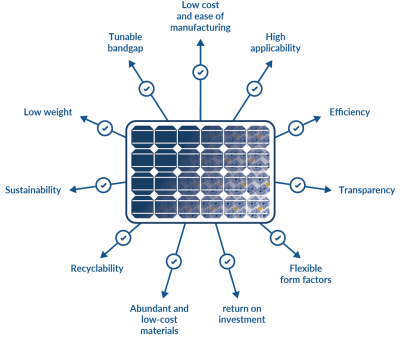New strategy stabilizes wide-bandgap perovskites and enables improved Cu(In,Ga)Se2 tandem solar cells
Researchers from China's Westlake University, Advanced Solar Technology Institute of Xuancheng and Turkey's Marmara University have addressed the stability issues of perovskite solar cells (PSCs) by developing a divalent cation replacement strategy that mitigates ionic migration while limiting phase segregation.
Using the new method, the scientists fabricated a champion cell that showed a PCE of 23.20% (certified 22.71%) for a single-junction PSC with a bandgap between 1.67 eV and 1.68 eV. Furthermore, a PCE of 30.13% was obtained for mechanically stacked perovskite/Cu(In,Ga)Se2 tandem devices, and a PCE of 21.88% for transparent perovskite devices. Finally, they obtained a steady-state PCE of 23.28% (certified 22.79%) for flexible monolithic perovskite/Cu(In,Ga)Se2 tandem cells.







